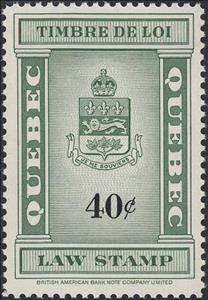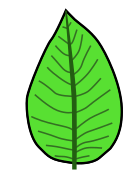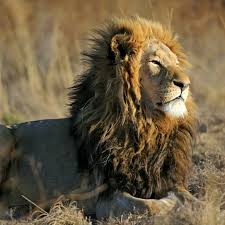Stamp: Coat of Arms of Quebec (Quebec 1969)
Coat of Arms of Quebec (Quebec 1969)
01 January (Quebec ) within release Law Stamps goes into circulation Stamp Coat of Arms of Quebec face value 40 Canadian cent
Stamp is square format.
Also in the issue Law Stamps:
- Stamp - Coat of Arms of Quebec face value 50;
- Stamp - Coat of Arms of Quebec face value 10;
- Stamp - Coat of Arms of Quebec face value 40;
|
Data entry completed
50%
|
|
|---|---|
| Stamp Coat of Arms of Quebec in digits | |
| Country: | Quebec |
| Date: | 1969-01-01 |
| Perforation: | 11 |
| Emission: | Revenue |
| Format: | Stamp |
| Face Value: | 40 Canadian cent |
Stamp Coat of Arms of Quebec it reflects the thematic directions:
A coat of arms is an heraldic visual design on an escutcheon (i.e. shield), surcoat, or tabard. The coat of arms on an escutcheon forms the central element of the full heraldic achievement which in its whole consists of shield, supporters, crest, and motto. A coat of arms is traditionally unique to an individual person, family (except in the United Kingdom), state, organisation or corporation.
In British heraldry, a coronet is any crown whose bearer is less than sovereign or royal in rank, irrespective of the crown's appearance. In other languages, this distinction is not made, and usually the same word for crown is used irrespective of rank (German: Krone, Dutch: Kroon, Swedish: Krona, French: Couronne, etc.) In this use, the English coronet is a purely technical term for all heraldic images of crowns not used by a sovereign, and implies nothing about the actual shape of the crown depicted. A Coronet is another type of crown, but is reserved for the lower ranks of nobility like Marquesses and Marchionesses, Earls and Countesses, Barons and Baronesses, and some Lords and Ladies. The specific design and attributes of the crown or coronet signifies the hierarchy and ranking of its owner.
A leaf (pl.: leaves) is a principal appendage of the stem of a vascular plant usually borne laterally aboveground and specialized for photosynthesis. Leaves are collectively called foliage, as in "autumn foliage", while the leaves, stem, flower, and fruit collectively form the shoot system. In most leaves, the primary photosynthetic tissue is the palisade mesophyll and is located on the upper side of the blade or lamina of the leaf but in some species, including the mature foliage of Eucalyptus,palisade mesophyll is present on both sides and the leaves are said to be isobilateral. Most leaves are flattened and have distinct upper (adaxial) and lower (abaxial) surfaces that differ in color, hairiness, the number of stomata (pores that intake and output gases), the amount and structure of epicuticular wax and other features. Leaves are mostly green in color due to the presence of a compound called chlorophyll which is essential for photosynthesis as it absorbs light energy from the sun. A leaf with lighter-colored or white patches or edges is called a variegated leaf.
Лев (Panthera leo) — крупный представитель семейства кошачьих рода Panthera, обитающий в странах Африки к югу от Сахары и Индии. У него мускулистое тело с широкой грудью, короткая округлая голова, круглые уши и тёмный пучок волос на кончике хвоста. У него ярко выражен половой диморфизм: взрослые самцы крупнее самок и имеют густую гриву. Это социальный вид, образующий группы, называемые прайдами. Львиный прайд состоит из нескольких взрослых самцов, родственных самок и детёнышей. Группы львиц обычно охотятся вместе, охотясь в основном на средних и крупных копытных. Лев — высший и ключевой хищник.
Flora is the plant life occurring in a particular region or time, generally the naturally occurring or indigenous—native plant life. The corresponding term for animal life is fauna. Flora, fauna and other forms of life such as fungi are collectively referred to as biota. Sometimes bacteria and fungi are also referred to as flora, as in the terms gut flora or skin flora.






